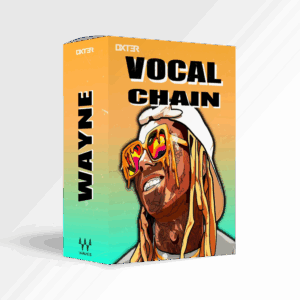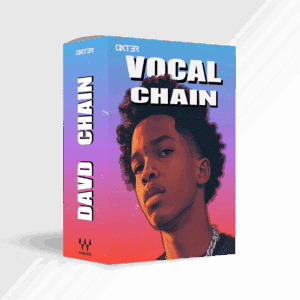
AI Mastering vs. Human Mastering: What's Best for Your Music?
Share This Post
In today’s audio production world, the choice between AI mastering and human mastering is increasingly relevant. As technology advances, AI-driven mastering services provide a quick and affordable alternative to traditional human mastering. Yet, the artistic touch and nuanced understanding that human mastering engineers offer are qualities that machines still struggle to fully replicate.
This article explores the benefits and limitations of both automated and manual mastering, helping you determine which is the best fit for your music. Additionally, we introduce a third, potentially ideal option—a hybrid approach, which combines the efficiency of digital mastering tools with user-friendly control features.
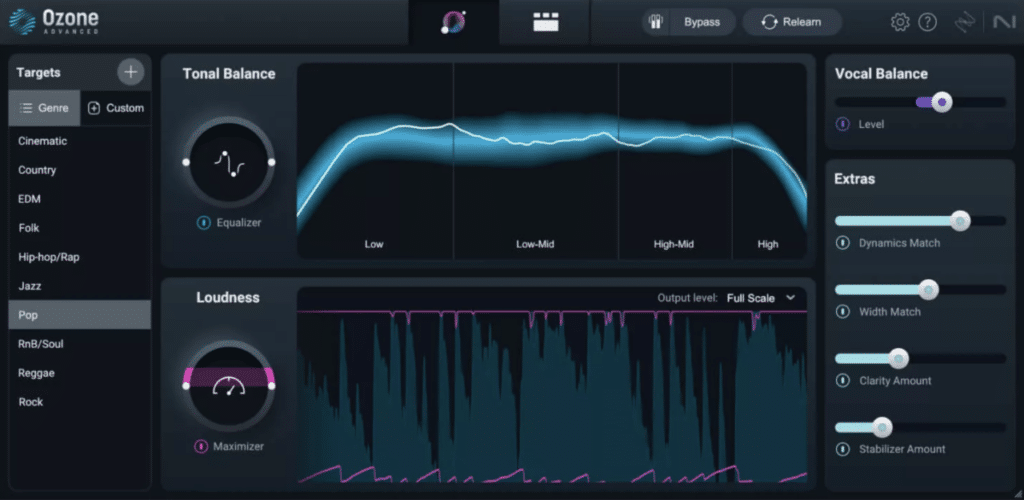
AI Mastering: Speed and Efficiency with Some Trade-Offs
AI mastering utilizes algorithms and machine learning to process and polish tracks, making adjustments like equalization and compression based on extensive data from thousands of songs.
The standout benefits of AI mastering are its speed and cost. Tracks are mastered in minutes, making it a budget-friendly option for independent artists with tight schedules or finances. AI excels at standardizing audio levels and enhancing well-mixed tracks.
However, AI has limitations when it comes to identifying and correcting complex issues within a mix. While a skilled human engineer can quickly detect subtle problems and use specialized tools to address them, AI might miss these nuances.
AI mastering services often provide multiple versions for you to choose from, which is convenient but can be confusing. After spending so much time on your music, it’s hard to judge which version is the best, especially if your listening environment isn’t ideal for mastering.
The most significant drawback of AI mastering is its inability to grasp the emotional impact of music. Music is fundamentally about connecting emotionally, and until AI can understand this aspect, it remains a limitation.

Personal Experience with AI Mastering: CloudBounce Case Study
From my experience testing various AI mastering services, Waves Online Mastering stood out. When the mix was already well-executed, Waves Online Mastering effectively enhanced the overall sound, maintaining balance and good dynamics.
The key takeaway is that AI mastering relies heavily on the quality of the mix it receives. While this is also true for human engineers—no one can turn a rough demo into a polished hit overnight—AI requires an even more refined mix to perform optimally.
For mixes with significant issues, Waves Online Mastering struggled to resolve them. However, its affordable if used correctly. It’s worth trying out for free to see if it meets your needs.
The Value of Human Mastering
Human mastering engineers bring more than technical skill to the table they offer emotional insight that AI can’t match. These professionals engage deeply with the music’s artistic intent, making subjective enhancements that elevate the emotional resonance of a track.
Working with a human mastering engineer also allows for feedback and iterative adjustments. This collaborative process ensures the final product aligns with your vision and provides an opportunity to learn and improve your music over time.
Human mastering engineers guide you through crucial decisions, such as optimal loudness levels and appropriate formats for different platforms, ensuring your music sounds its best across all mediums.
Combining AI and Human Expertise: The Hybrid Approach
Given the strengths and weaknesses of both methods, a hybrid approach using mastering templates and mastering chains often delivers the best results. By starting with a well-crafted mastering preset or template, you can quickly apply a polished, professional sound to your tracks. These tools are designed to provide a consistent sonic foundation, ensuring that your music has the right balance and clarity.
To further simplify the process, Dxt3r’s mastering templates come equipped with specially assigned macro knobs. These macros are carefully calibrated to give you precise control over key aspects of your sound, allowing you to achieve optimal results with minimal effort. This hybrid approach not only saves time but also ensures that your tracks maintain a high standard of quality, making it easier to focus on your creative vision.
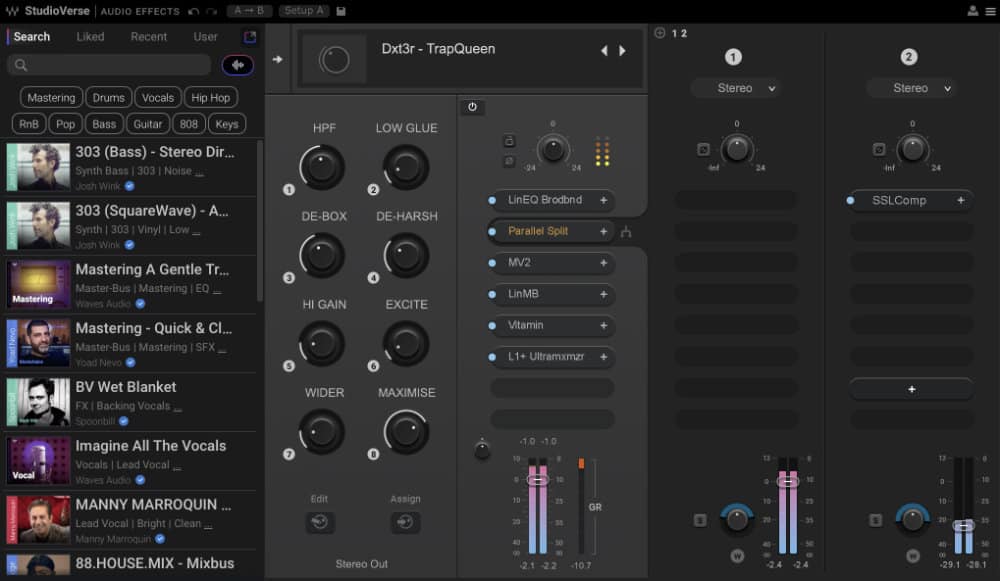
AI Mastering vs. Human Mastering Conclusion
Choosing between AI and human mastering doesn’t have to be a strict either/or decision. Each has its advantages depending on your project and mix quality. By understanding these options, you can make informed decisions that align with both your artistic goals and practical needs.
As music production evolves, the integration of AI and human elements in mastering will likely offer even more nuanced solutions, catering to a wide range of needs and preferences.
More To Explore
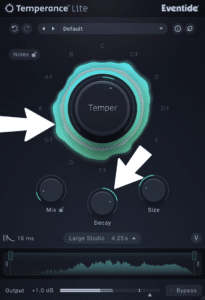
Eventide Temperance Lite Review: Gem or Just Hype?
Share This Post Eventide released Eventide Temperance Lite, a reverb that introduces something pretty unconventional: modal reverb shaping combined with musical “tempering.” After spending time
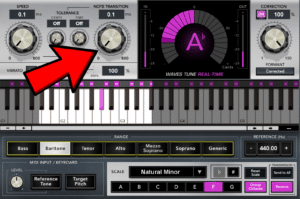
Waves Tune Real-Time Review – Still Worth Using in 2026?
Share This Post I’ve been using Waves Tune Real-Time on and off for years, and after putting it through plenty of vocal sessions recently, I
